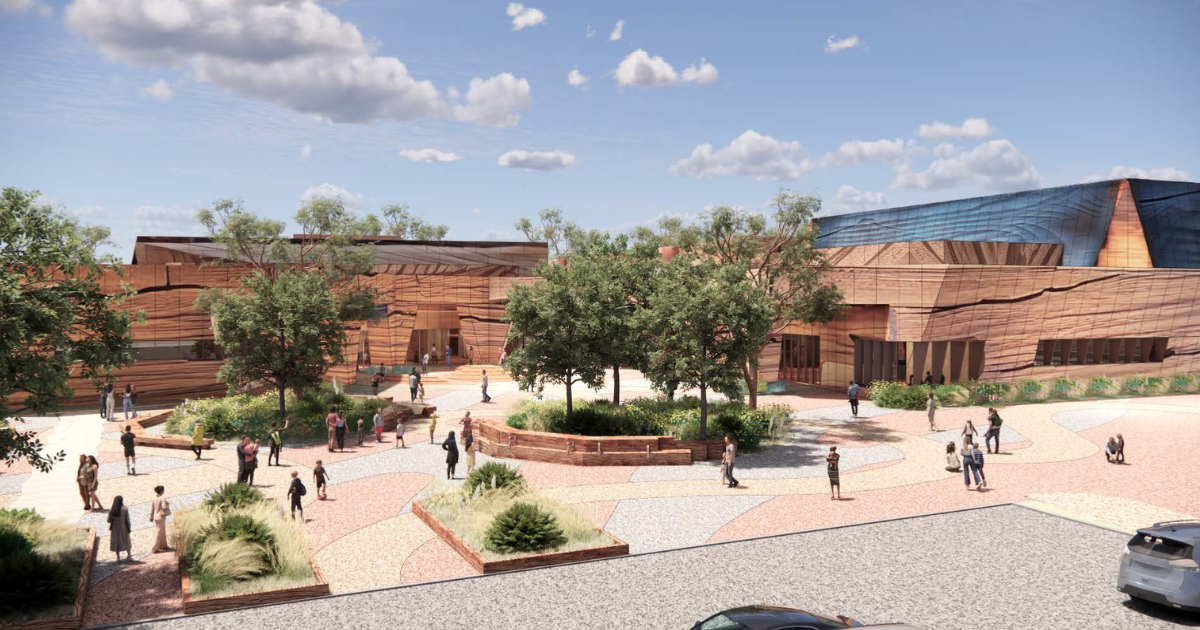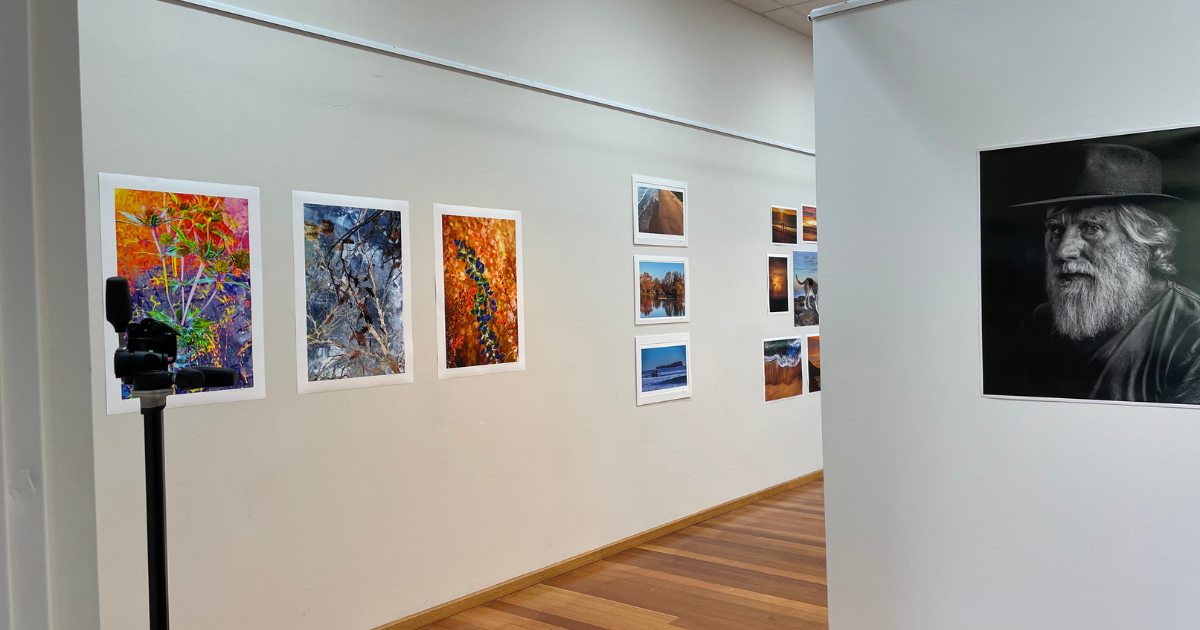Study confirms that Magpies are here to stay
MAGPIES are remarkably adaptable to pressure across wide areas of Australia, that is the finding from Dr Heather Neilly, an ecologist who has examined the impacts on native wildlife of different agricultural practices.
“We looked at how cattle grazing in the Australian landscape affects birds,” Dr Neilly said.
“Grazing has some impact on birds that forage on the ground or on low shrubs or tree branches, but some species fare much better than others.
“Australian magpies increased in abundance in the most heavily grazed paddocks, whereas, for example, the red-backed fairy-wren decreased.”
Over 40 per cent of the total area of Australia is grazing land operated by beef cattle and sheep businesses.
“Grazing occupies so much land that even small adjustments to farming strategies can have big effects on biodiversity and conservation.
“Our objective was to discover the cattle grazing methods that caused least harm to biodiversity,” Dr Neilly said.
“We studied the impacts of four grazing strategies on tropical savanna bird communities at Wambiana station in northern Queensland, a long-term test site.
“We found that the community structure, or the number of birds of different kinds, was the thing influenced most strongly by different grazing strategies.
“It turns out that the most conservative grazing method, using a moderate stocking rate, is the best for native species.
“It is also the most profitable farming approach in the long term, as the approach maintains grass and healthy soil.
“The cattle industry is often seen as an opposing force to conservation, but graziers often say that their business is really growing grass and that they know that they need to look after soils and vegetation.
“We have studied reptiles and mammals as well as birds, ecologists use measurements such as abundance and species richness, but we also need to examine individual changes within communities to truly understand human impacts on biodiversity and how to address them.”
Dr Neilly undertook the research into cattle grazing and biodiversity for her PhD at Queensland’s James Cook University.



















